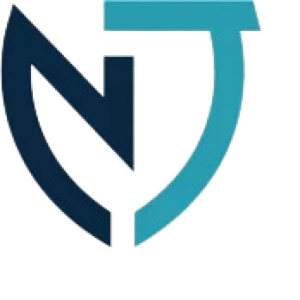Capital Gains Tax (CGT) rollover relief can be a valuable tool for business owners navigating the sale of their business. One key concept in accessing this relief is the “replacement asset”. But what exactly does this mean, and how can it help you defer paying CGT?
Understanding CGT Rollover Relief
CGT rollover relief allows you to defer paying capital gains tax on the sale of your business or business asset, provided certain conditions are met. The idea is that if you dispose of your business/business asset and acquire another to replace it, the gain you would normally be taxed on can be rolled over—effectively paused—until you dispose of the replacement business or asset in the future.
What is a Replacement Asset?
A replacement asset is the business or asset you acquire to take the place of the one you disposed of. To qualify for CGT rollover relief, this new asset must meet specific requirements under tax law.
General Criteria
- Timing – The replacement business or asset must generally be acquired within a certain period, usually within one year before or up to two years after the disposal of the original asset.
- Nature of the asset – The replacement must be an active asset—meaning it is used in the course of carrying on a business (e.g. business premises, equipment, or even shares in a company carrying on a business).
- Use of proceeds – You must use the capital proceeds from the original asset to acquire the replacement. If only part of the proceeds is used, the rollover applies proportionally.
Example
Let’s say you own a small café business and sell the business for a capital gain of $200,000. You use that money to purchase a new shopfront for $300,000 to continue running your business. If all conditions are met, the $200,000 gain from the sale of the café business can be rolled over to the new shop front. You won’t pay CGT on the $200,000 that you made on the sale of the small café until you eventually sell the new shop front.
Why It Matters
Using a replacement asset for rollover relief can significantly improve your cash flow by deferring CGT. This is especially helpful when you’re reinvesting in your business or transitioning between assets to support growth.
However, it’s important to document everything carefully (your accountant Melbourne can help with this), track dates, and ensure the new asset meets the criteria. Getting professional tax advice from an accountant Melbourne is strongly recommended, as the rules can vary depending on your structure and situation. Furthermore, there are additional small business concessions that can be utilised such as the active asset and retirement concession which can be used in conjunction with the replacement asset. It is very important, if you decide to use a tax accountant Melbourne, to use one that understands how the small business concessions work, like Nobel Thomas. We’re only a phone call away.
Final Thoughts
Replacement assets play a central role in accessing CGT rollover relief. By understanding the requirements and planning strategically, you can make the most of this tax concession (and the other small business concessions) while reinvesting in your business or future.
If you’re considering selling a business asset and think rollover relief might apply, speak to your tax accountant Melbourne or tax advisor early in the process.


